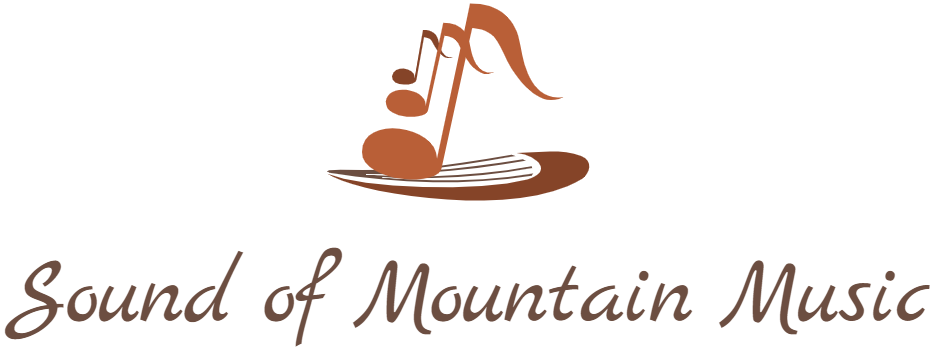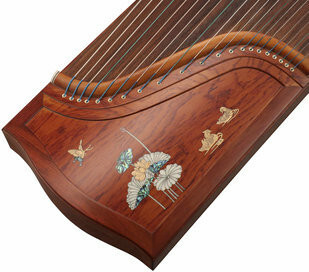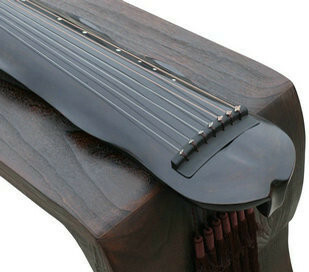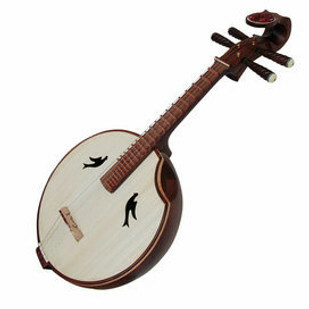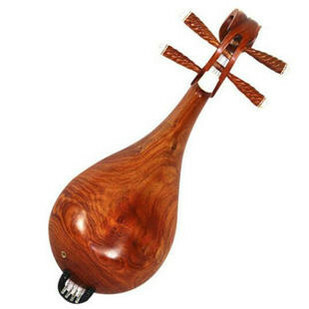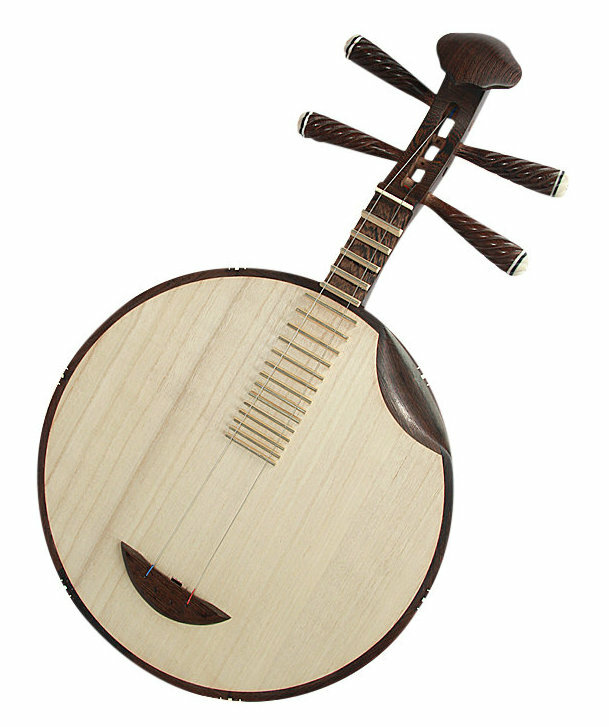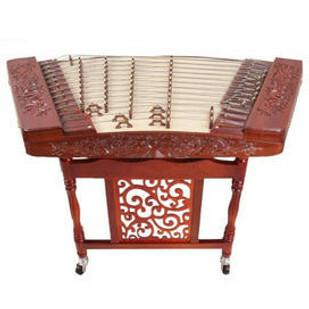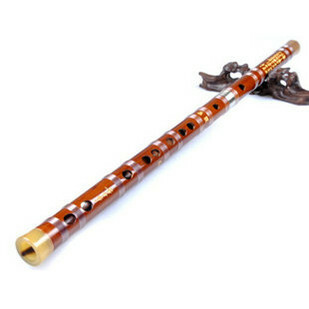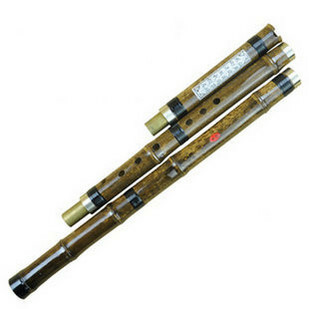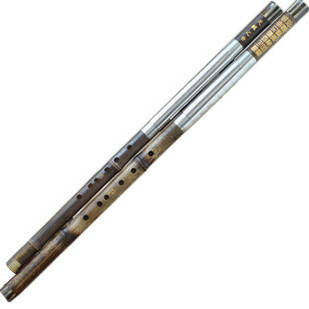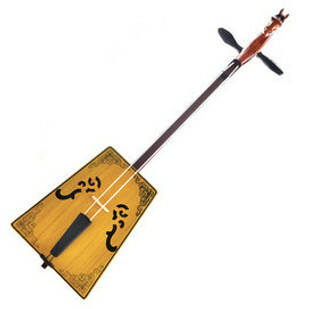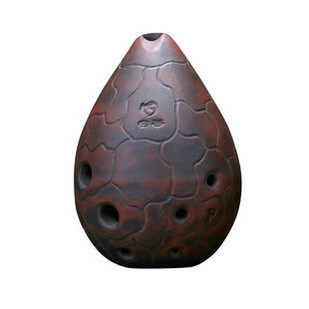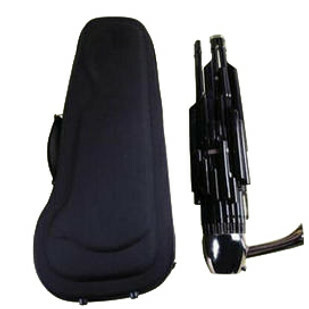13th May 2024
Basic structure of Liuqin 柳琴的基本构造
Liuqin is one of the traditional Chinese stringed instruments. Its pear-shaped sound box resembles the pipa in appearance, and its structure and playing method are similar to that of the ruan. It has been popular among the people since the Tang Dynasty, so it is also known as the "earth pipa", "willow leaf qin", and "Jingang legs".
The Liuqin, originally a popular folk instrument in the regions of Shandong, Anhui, and Jiangsu, boasts a resounding and robust tone, imbued with a rich local flavor. It is commonly employed as an accompaniment for local operas like Liuqin Opera and Sizhou Opera, as well as for playing simple songs. Today, the Liuqin has evolved into a solo instrument, frequently featured in high-pitched instruments in ethnic bands.
As a relatively obscure traditional instrument, the Liuqin's original structure was very simple, with only two silk strings and seven frets made of sorghum. The range was narrow and it was inconvenient to transpose. In 1958, the first generation of new Liuqin was born, with the original two strings changed to three strings, and the number of frets changed from the original 7 to 24, expanding the range and facilitating transposition. The sound also became brighter from dull and noisy. In the 1970s, the second generation of new Liuqin appeared, which is the four-string high-pitched Liuqin we see today. In addition to adding strings and frets, the main change was to replace sorghum with bamboo and replace silk strings with steel strings. These reforms greatly improved the performance of the Liuqin in all aspects, enriched its expressive power, and enabled the Liuqin to embark on the path of solo instrument development.
The length of Liuqin is about 65 cm, and its structure is similar to that of pipa and ruan. It mainly consists of the head, the pegs, the shankou, the sound board, the back board (the belly of the instrument), the bridge, the sound output (the sound hole), the frets, the string nails, the guarding frame, the support, the fine adjustment, and the strings. The head and shaft of the qin serve as decorative and tuning funtions, with their decorative surfaces typically made of hardened plastic, cow bone or jade. There are four pegs, each corresponding to a string. The shankou is located below the head and guides the strings. The front and back boards are the main components of the Liuqin, usually made of wooden materials in the shape of a pear-shaped sound box, which plays a key role in sound production. There are 24 frets, each with its own position and pitch, usually made of bamboo, plastic steel, or steel. The sound hole is on the front board, facilitating the output of sound. The bridge and fine tuner are used to connect and adjust the strings, which are usually made of steel.
The above is some basic structure of Liuqin. By understanding these components, we can not only quickly distinguish it from the pipa and the ruan, but also speed up our learning process. As a traditional Chinese plucked instrument, the Liuqin has a small and delicate style, with a steel and crisp tone that is not easily obscured and fused by other instruments. Sometimes it also serves as a performer for colorful passages. With the development of the internet, more and more people know about Liuqin. Through these basic structures, I hope you can better understand this national musical instrument.
